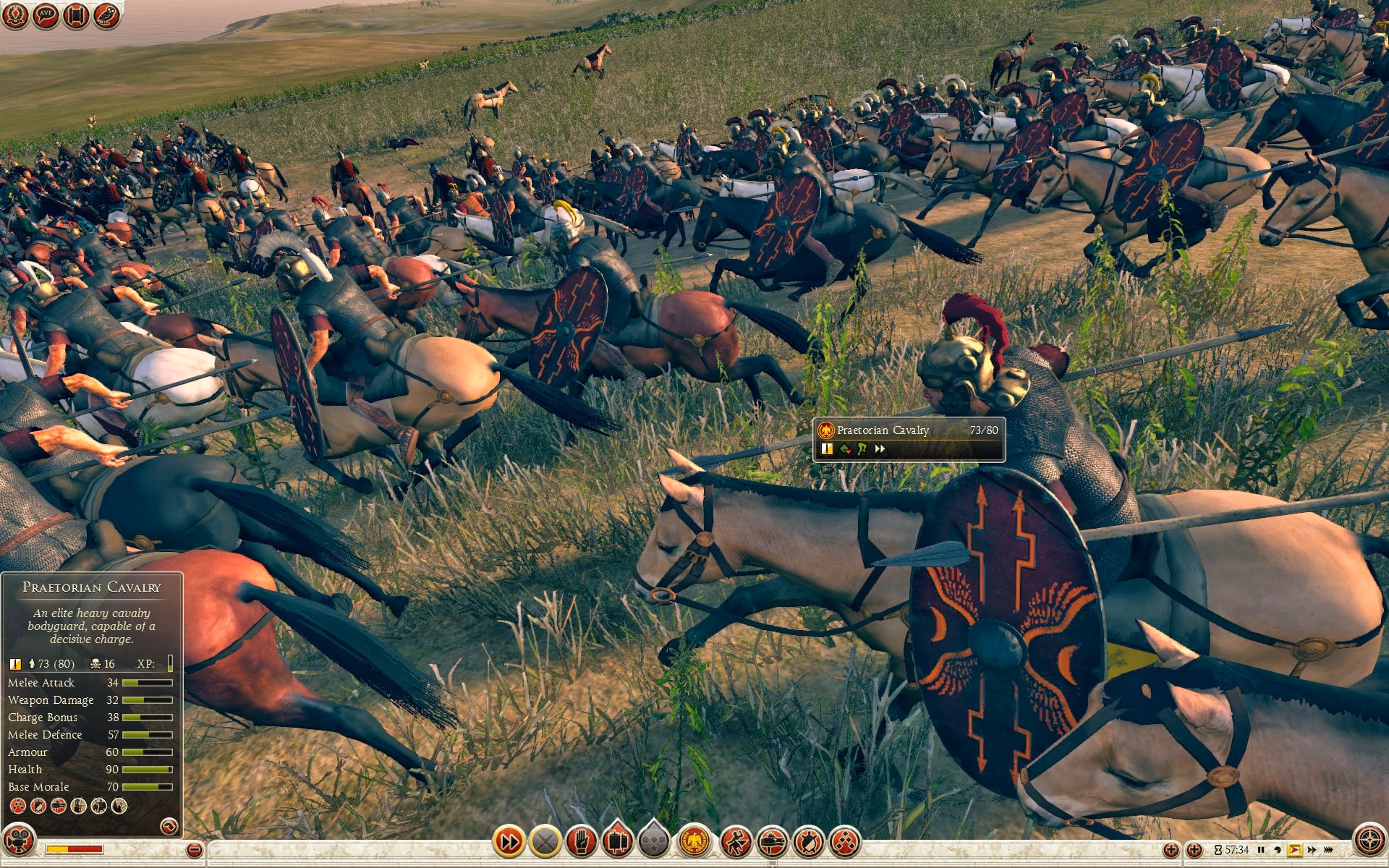


Cavalry units are quick, can easily outmanoeuvre most troops, and will fare pretty well in hand-to-hand combat with most other units, but they are quite susceptible to arrow fire and most cannot travel in forests.Įach civilization also has access to three highly specialised units that are superior to their "normal" counterparts. Spear units are generally competent in hand-to-hand combat, particularly in their defensive "stationary" formation when they form a spear-wall, but are susceptible to heavier infantry units and arrow fire, and cannot travel in forests.

Archer units are poor in hand-to-hand combat, especially against cavalry units, but can set fire to damage buildings and siege equipment.

Heavy infantry units are strong in hand-to-hand combat and quite resistant to arrow fire, but generally much slower around the map, and cannot travel over watery terrain. Light infantry units are generally weaker than heavy infantry units in hand-to-hand combat, and are very susceptible to arrow fire, but are the only units in the game that can act as builders the possible buildings they can construct range from wooden bridges and defensive towers to war machines and siege equipment such as towers and ladders. Some unit types are simply re-skinned for all the civilizations, but the variety in units offers different strategic ideas depending on which civilization the player is using. Units are trained from a garrison, which is built on a town or village which requires a garrison to be built and a commander to be sent there to oversee recruitment.Įach civilization comes with its own unique unit pool with units that have different strengths, abilities, and weaknesses. Unlike most real-time strategy titles, Praetorians focuses on military strategy and tactics rather than building or resource management.


 0 kommentar(er)
0 kommentar(er)
